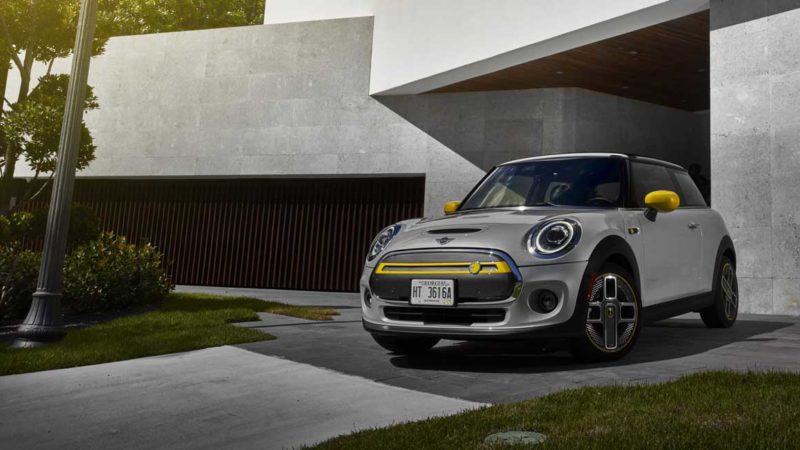BMW Group has officially launched the first all-electric Mini on the Australian market, a three-door hatch with a 233km range, a fast-charging battery, and a price tag that will set you back just under $A55,000.
The Mini Cooper SE has arrived in Australia on schedule; BMW Group says it is currently accepting orders (with a $2,000 deposit) for delivery in early 2021, as the 200 EVs set aside for 2020 delivery have already sold out.
Happily, though, there are already a few cars set aside for the media, and The Driven gratefully accepted an invitation for a half-day self drive around the locked-down suburbs of Metropolitan Melbourne on Friday.
Given the current Covid-19 restrictions, the test-drive experience is super low key. You’re handed a key and, apart from a booklet in the glove compartment that sets out some basics and a driving route, it’s every woman for herself.
But for someone whose only other EV driving experience was a Tesla Model S several long years ago, it has so far all proven fairly intuitive – even the charging bit, halfway through the trip. But more on that next week in my review.
Initial thoughts are that it is, indeed, a very zippy and responsive little electric vehicle. While BMW’s chosen route takes you into the hills of Melbourne’s Dandenong Ranges, it seems much better suited to the city streets where the regenerative braking is in its element.
And that’s just as well, as the electric hatch is being plugged as “perfect for city dwellers,” with its relatively small 32kWh battery offering the ability to achieve an 80% charge in just 36 minutes when using a basic 50kW DC public charger. (Although regular top-ups would be much shorter).
The battery’s range sits somewhere between 235km and 270km according to the latest WLTP measurement standard – which may cause anxiety for some – while its 130kW power rating maintains what Mini describes as the “legendary” go-kart feel, with a 0-100km/hr acceleration time of 7.3 seconds.
By the time I reached the half-way destination, the dash display was telling me there was just over 50 per cent of the range left – a little over 100km.
The car’s “corner-carving agility” is said to be aided by the position of the battery along the length of the vehicle floor, making the car’s centre of gravity even lower than its petrol-fuelled cousin. I wouldn’t know about that, but the electric hatch certainly handles very nicely in suburban Melbourne streets.
Other features include 17-inch Power Spoke 2-Tone Alloy wheels; wing mirrors and highlights in “energetic yellow;” leather cross punch upholstery in carbon black; 8.8-inch Professional Navigation with touch screen; Apple CarPlay; seat heating, and; front and Rear Park Distance Control, including a Rear View Camera.
Look out for my longer review next week!

Sophie is editor of One Step Off The Grid and deputy editor of its sister site, Renew Economy. Sophie has been writing about clean energy for more than a decade.


